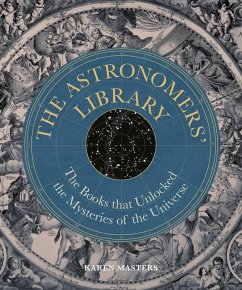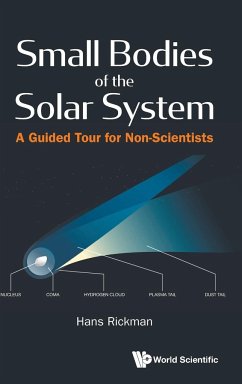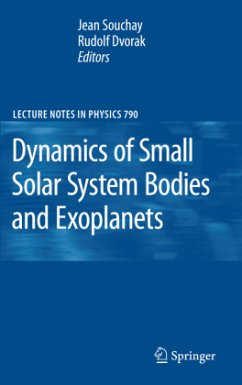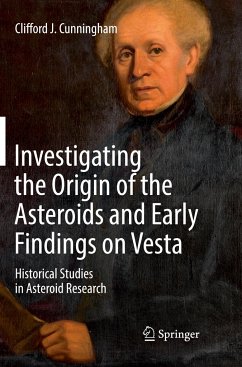
Airless Bodies of the Inner Solar System
Understanding the Process Affecting Rocky, Airless Surfaces

PAYBACK Punkte
34 °P sammeln!
Airless Bodies of the Inner Solar System: Understanding the Process Affecting Rocky, Airless Surfaces focuses on the airless, rocky bodies in the inner solar system as a host unto themselves, with a unique set of processes that require a specific set of investigative techniques. The book allows readers to understand both the basic and advanced concepts necessary to understand and employ that information. Topics covered past exploration of these surfaces, changes with time, space weathering, impact cratering, creation and evolution of regolith and soils, comparison of sample and remote sensing ...
Airless Bodies of the Inner Solar System: Understanding the Process Affecting Rocky, Airless Surfaces focuses on the airless, rocky bodies in the inner solar system as a host unto themselves, with a unique set of processes that require a specific set of investigative techniques. The book allows readers to understand both the basic and advanced concepts necessary to understand and employ that information. Topics covered past exploration of these surfaces, changes with time, space weathering, impact cratering, creation and evolution of regolith and soils, comparison of sample and remote sensing data, dust characterization, surface composition and thoughts for future exploration.
Together these authors represent the unique combination of skills and experience required to produce an excellent book on the subject of the surfaces of airless, rocky bodies in the solar system, which will be useful both for graduate students and for working scientists.
Together these authors represent the unique combination of skills and experience required to produce an excellent book on the subject of the surfaces of airless, rocky bodies in the solar system, which will be useful both for graduate students and for working scientists.













